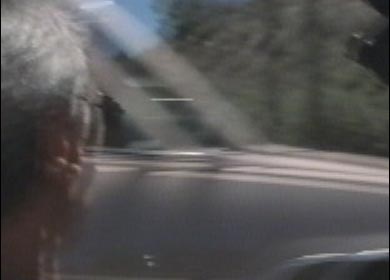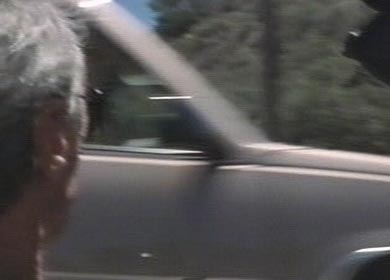Capturing from VHS - Part 2 - Inverse TelecineOriginal Page URL: http://www.divx-digest.com/articles/vhs_capture2.htmlAuthor/Publisher: dgfig Date Added: Jun 4, 2001 Date Updated: Jun 4, 2001 INTRODUCTION: What do you think about increasing the quality of your DivX ;) movie-CDs while decreasing the file size? Even more: making the encoding time shorter!! A miracle? No. It is possible (sometimes) with a VirtualDub function that I forgot to mention in my first article (see "Best resolution for capturing from a VHS source", by myself). To be honest, I didn't forget to mention it. I just didn't know it existed. Well, living and learning! That "almost miraculous" resource is called "inverse telecine", and I'll be sharing this experience with you now. LIMITATIONS: This article is useful if you are working with a video source that uses the NTSC color system (thus, uses 29.97 frames per second), and that was originally made for the cinema (24 frames per second). Most of the movies you find in your "Blockbuster video store" are included in this category. This is completely useless if you are capturing a TV show, for instance. I don't know how this applies to PAL movies, which work with 25 frames per second, because all my equipment is NTSC. If I find anything about it, I'll post it as soon as possible. LEGAL NOTICE: It's never too much to say that making copies (it doesn't matter the media) of any copyrighted material is illegal, unless you own the copyrights or have an authorization from the copyrights owner. This is specially important in this article, since it deals mostly with the capture of movies first intended to the big screen. Also, I'm not responsible for any problems or damages caused by the information hereby expressed. Proceed at your own risk. If you disagree with any of these, stop reading this guide now. Otherwise, good luck. PROCEDURE: Let me go straight to the point: the NTSC video uses 29.97 frames per second. The films intended for the big screen (movie theaters) use 24 frames per second. So, when you put a cinema film into a NTSC cassette, some conversion must be made. How is that made? That's simple: first, the film is slowed down by 0.1 percent, to be at 23.97 frames per second. Then, a new frame is inserted in every block of four frames, resulting in 29.97 frames per second. The problem begins in that "frame insertion". You can't just add a blank frame or repeat a frame, which would make the movie choppy. Thus, the video fields are used. At this point I suppose you know what video fields are. If you don't, this article is not YET for you. Try to learn about video fields and come back later. Here's what is actually done to every block of four frames: -The first frame is kept untouched. -The second converted frame is a mix of the first and the second original frames, both separated by the fields, which means that the even field is the first original frame and the odd field is the second original frame. -The third converted frame is a mix (the same way as above) of the second and third original frames. -The fourth converted frame is the third original frame. -The fifth converted frame is the forth original frame. At the end of all that, what you get is a sequence of frames that goes like this: three non-interlaced frames, then two interlaced frames, then three more non-interlaced frames followed by other two interlaced frames and so on. Every interlaced frame will be a mix of two actual frames, and in case you have a high motion (a lot of difference between the two original frames that were mixed together), they will look like this:
Go to Part 1 : Best Resolution |


